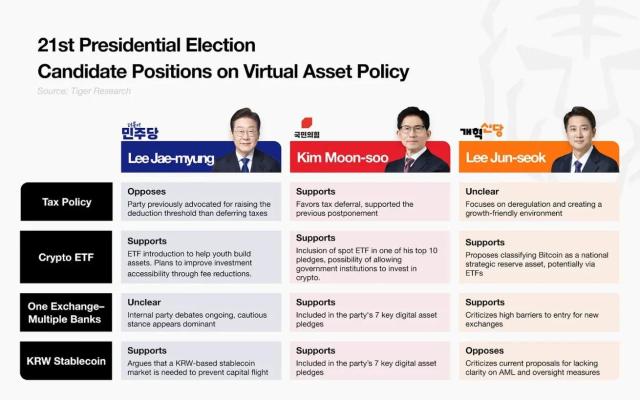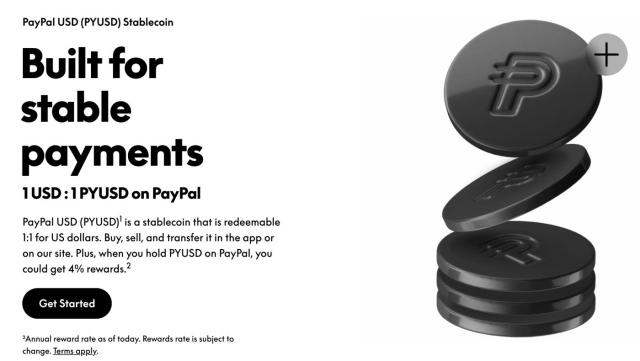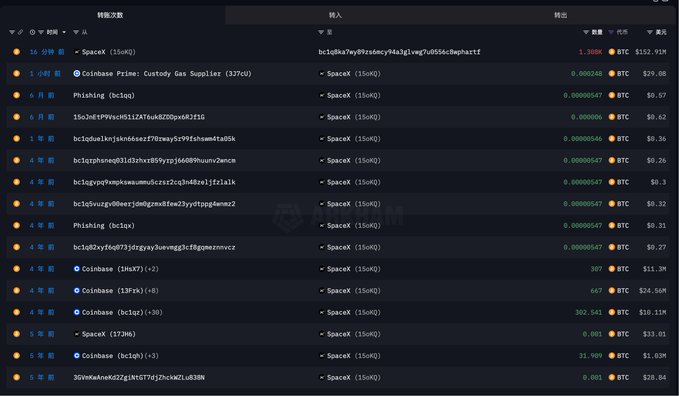Author: Fairy, ChainCatcher
Editor: TB, ChainCatcher
Original Title: Breaking Circles in Progress: Comparative Analysis of Stablecoin Regulatory Policies in 12 Countries
The breaking circle effect of stablecoins continues to amplify.
From frequently appearing topics on TikTok's trending list, to traditional financial bloggers' collective content creation, to active inquiries from relatives and neighbors, stablecoins seem to have become a social buzzword permeating daily life.
Meanwhile, global policy is also experiencing a critical turning point. Over the past year, many countries have shifted from cautious observation to acceptance: Hong Kong's Stablecoin Regulation is about to be implemented, the EU's MiCA Act has been officially enacted, and the United States has passed the GENIUS Act. Stablecoins are quietly leveraging the foundation of the global monetary system.
This article will systematically review the latest developments in stablecoin regulation across countries and analyze the underlying logic and strategic implications of this financial transformation.
[The rest of the translation follows the same professional and accurate approach, maintaining the original structure and meaning while translating to English.]The European Union's attitude towards stablecoin development can be summarized as "cautious support": fully affirming the potential of stablecoins while remaining highly vigilant about financial stability, regulatory arbitrage, and money laundering risks.
In June 2023, the EU officially released the Markets in Crypto-Assets Regulation (MiCA), with the core goal of comprehensively regulating the crypto-asset market. Certain provisions will take effect on June 30, 2024, and stablecoin-related clauses will be fully implemented on December 30, 2024. The law applies to 27 EU member states and three countries in the European Economic Area (EEA): Norway, Iceland, and Liechtenstein.
MiCA sets high thresholds for stablecoin issuance and operation: issuers must obtain authorization from national regulatory bodies (such as Germany's BaFin, France's AMF) and establish a legal entity in the EU. For "significant" stablecoins (e.g., with massive trading volumes), the European Banking Authority (EBA) will provide unified supervision.
MiCA also stipulates that daily transactions for non-euro-denominated stablecoins in any currency area must not exceed 1 million transactions or 200 million euros. If this limit is exceeded, the issuer must suspend the stablecoin's issuance and submit a rectification plan within 40 working days.
Currently, the EU has issued MiCA licenses to 53 crypto enterprises, including 14 stablecoin issuers and 39 crypto-asset service providers.
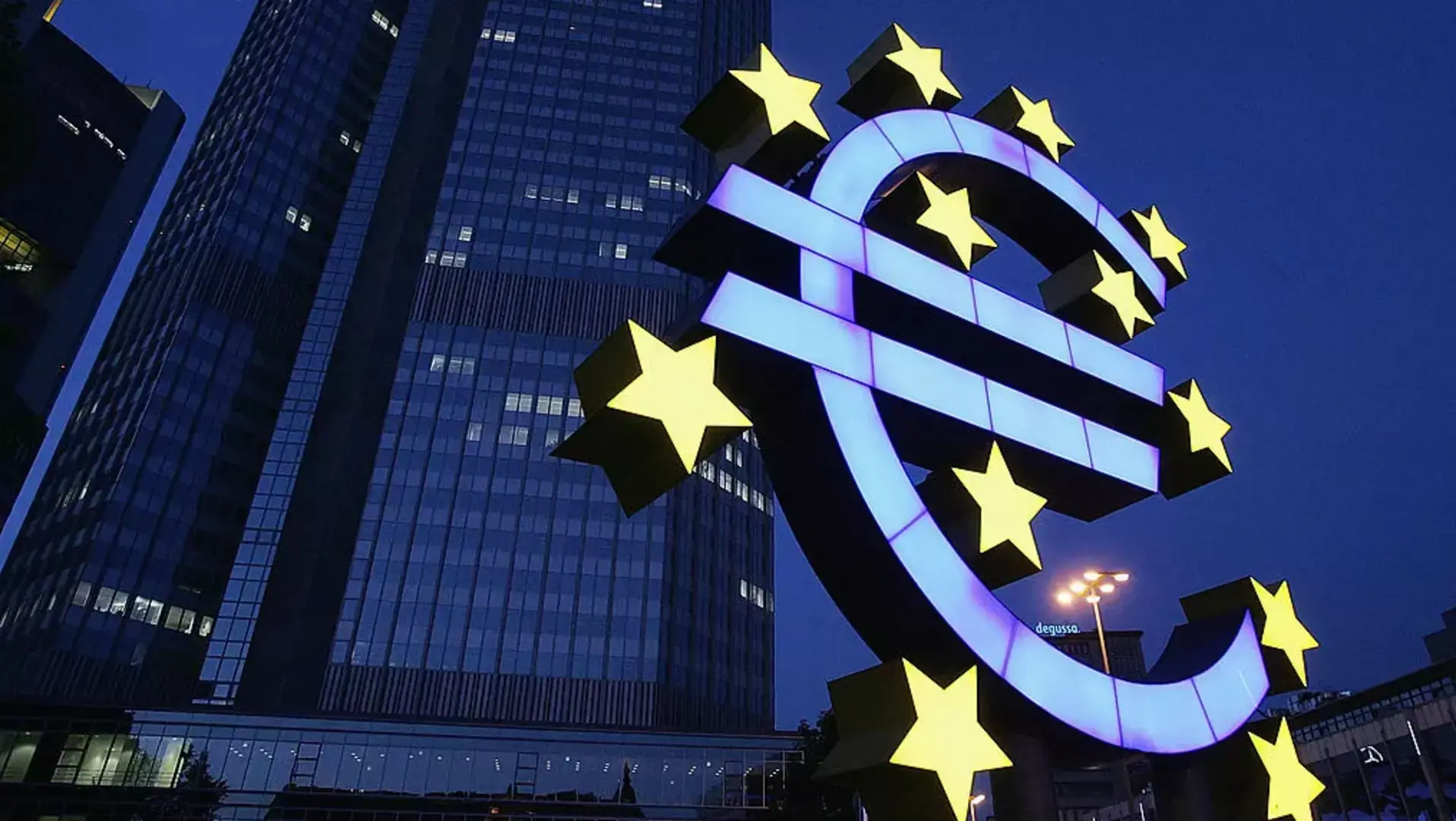
Singapore: Early Start, High Standards
Policy Progress Speed: ★★★★★
Singapore has been a leader in stablecoin regulation, issuing the Payment Services Act in December 2019, which clearly defined and classified payment service providers.
Subsequently, the Monetary Authority of Singapore (MAS) released a draft Stablecoin Regulatory Framework in December 2022 and launched public consultation, officially introducing the final version on August 15, 2023. This regulatory framework specifically applies to single currency stablecoins (SCS) issued in Singapore and pegged to the Singapore dollar (SGD) or G10 currencies, incorporated into the regulatory system as a supplementary clause to the Payment Services Act.
MAS has set high entry barriers, with issuers required to meet the following conditions:
Stablecoin issuers' capital must be at least 50% of annual operating expenses or 1 million Singapore dollars;
Stablecoin issuers cannot engage in trading, asset management, pledging, lending, or other businesses, nor directly hold shares in other legal entities;
Liquidity assets must meet or exceed 50% of annual operating expenses for normal asset withdrawal needs.
Issuers' reserve assets can only consist of extremely low-risk, highly liquid assets: cash, cash equivalents, and bonds with remaining maturities not exceeding three months.
Currently, multiple institutions have applied to MAS for stablecoin issuance qualifications. StraitsX (XSGD issuer) and Paxos are considered pioneering compliant examples.
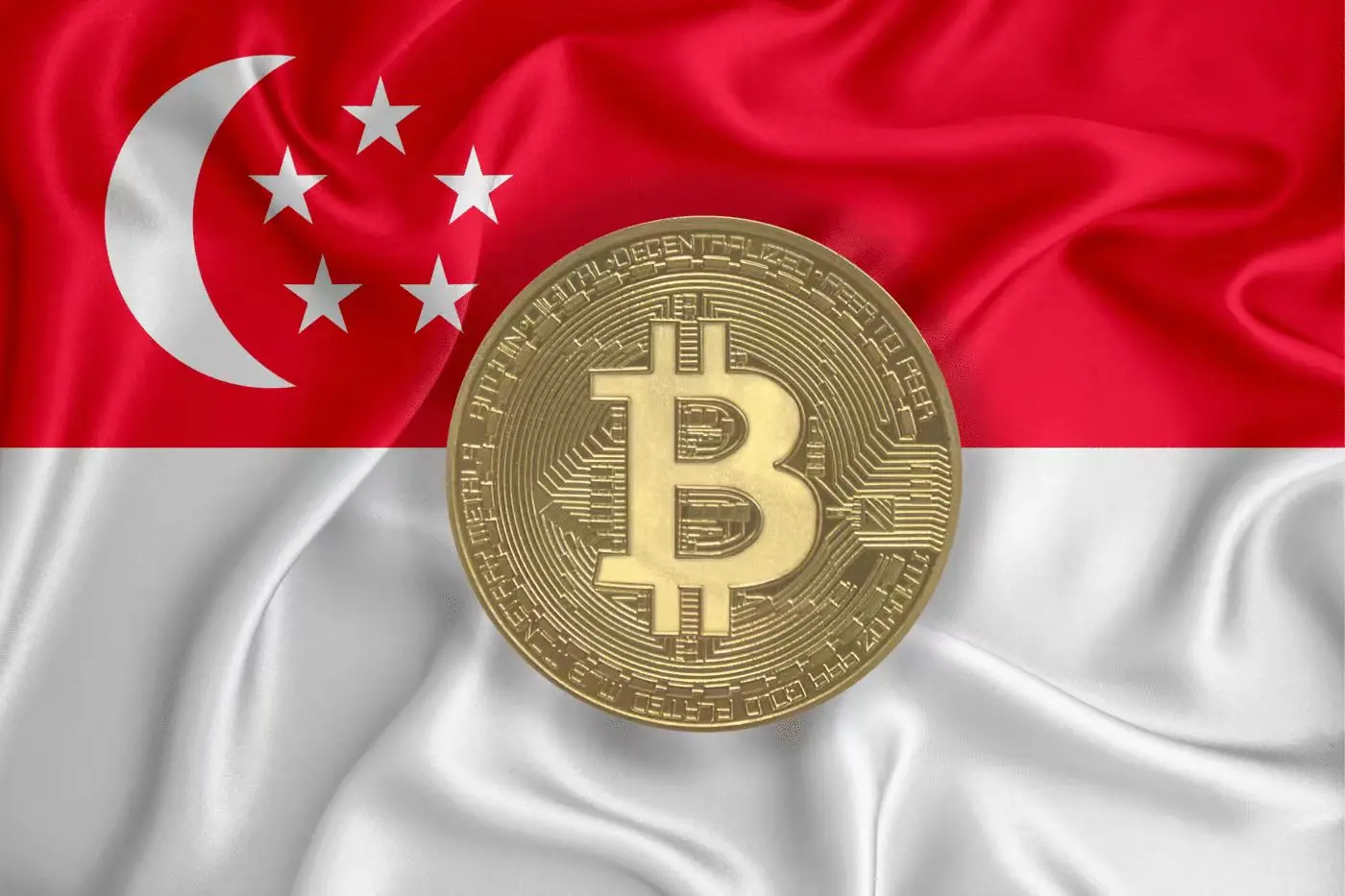
UAE: Proactive, Dual-Track Approach
Policy Progress Speed: ★★★★★
The UAE has shown a supportive and open attitude towards stablecoin policies. In June 2024, the UAE Central Bank issued the Payment Token Services Regulation, clearly defining "payment tokens" (stablecoins) and their regulatory framework.
As a federation of seven emirates, the UAE's regulatory system has a distinctive "dual-track" characteristic: the central bank is responsible for federal-level regulation, while the Dubai International Financial Centre (DIFC) and Abu Dhabi Global Market (ADGM) operate as financial free zones with independent legal systems and regulatory powers.
Compared to the EU's MiCA or Hong Kong's Stablecoin Ordinance, the UAE's new rules have a relatively broad definition of stablecoins, but still set certain boundaries:
Prohibiting the issuance of algorithmic stablecoins and privacy tokens
Not allowing stablecoins to pay interest or other returns linked to holding time
In practical application, the UAE's stablecoin market has already shown initial results. In December 2024, AE Coin was approved by CBUAE, becoming the first fully regulated dirham stablecoin in the UAE.
In April 2025, ADQ (Abu Dhabi's sovereign wealth fund), IHC corporate group, and First Abu Dhabi Bank, the UAE's largest bank by asset size, jointly announced the launch of a new stablecoin pegged to the dirham.

Japan: Regulatory Forerunner, Development Pending
Policy Progress Speed: ★★★★
Japan is at the forefront of global stablecoin regulation, having first completed the basic legislative framework. Its regulatory path is primarily implemented through improvements to the Payment Services Act (PSA).
In June 2022, the Japanese parliament passed a revised Payment Services Act, which officially took effect in June 2023. The amended law provides a detailed definition of stablecoins, clarifies issuing entities, and lists the licenses required for stablecoin transactions. It limits stablecoin issuers to three categories: banks, trust companies, and fund transfer service providers.
In March 2025, the Japanese Financial Services Agency promoted the Payment Services Act Amendment of 2025, optimizing the stablecoin issuance mechanism: allowing trust-type stablecoins to use up to 50% of reserve assets for specific low-risk tools like short-term government bonds or time deposits. The law also adds a specific registration category for crypto intermediaries, lowering the threshold for over-the-counter trading participation.

Russia: Exploratory, Still Limiting External Use
Policy Progress Speed: ★★
Russia's attitude towards stablecoins has significantly changed from initial caution and opposition to limited support, primarily driven by geopolitical pressures and strategic needs for cross-border settlement and an autonomous financial system.
In 2022, the Russian Central Bank pushed for a comprehensive ban on cryptocurrencies. However, a key policy shift occurred in July 2024. The Russian Federal Assembly passed two bills, officially legalizing cryptocurrency mining and allowing enterprises approved by the central bank to use crypto assets, including stablecoins, for international settlements with foreign partners. However, cryptocurrencies remain prohibited as a means of payment domestically.
In March 2025, the Russian Central Bank issued a proposal to allow "specially qualified" high-net-worth individuals and certain enterprises to invest in crypto assets during a three-year pilot period, exploring a more transparent and controlled market environment.
Beyond policy context, Ivan Chebeskov, head of the Digital Financial Assets Department of the Ministry of Finance, publicly stated that Russia should consider launching a national sovereign stablecoin to adapt to global payment system evolution trends.

United Kingdom: Regulatory Progress Underway
Policy Progress Speed: ★★
The UK policy is at a critical junction transitioning from framework design to legislative implementation. The regulatory system is based on the Financial Services and Markets Act 2023, supplemented by secondary legislation and regulatory guidelines from the Financial Conduct Authority (FCA) and the Bank of England (BoE). The act received royal assent on June 29, 2023, marking the first time "digital settlement assets" (including stablecoins) were incorporated into the legal scope of regulated financial activities.
In November 2023, the UK Financial Regulatory Authority published regulatory requirements for companies issuing or custodying fiat-backed stablecoins. The proposed framework seeks to apply existing regulatory standards currently applicable to many FCA-authorized entities to the stablecoin activity domain.
In April 2025, the British government released a consultation document on cryptocurrency legislation, planning to add regulated activities, including operating crypto asset trading platforms and stablecoin issuance.
Despite regulatory progress, the Bank of England's governor has shown a more conservative stance. Governor Andrew Bailey has repeatedly stated publicly that widespread stablecoin adoption could undermine public trust in the national currency and even pose systemic risks to the financial system.
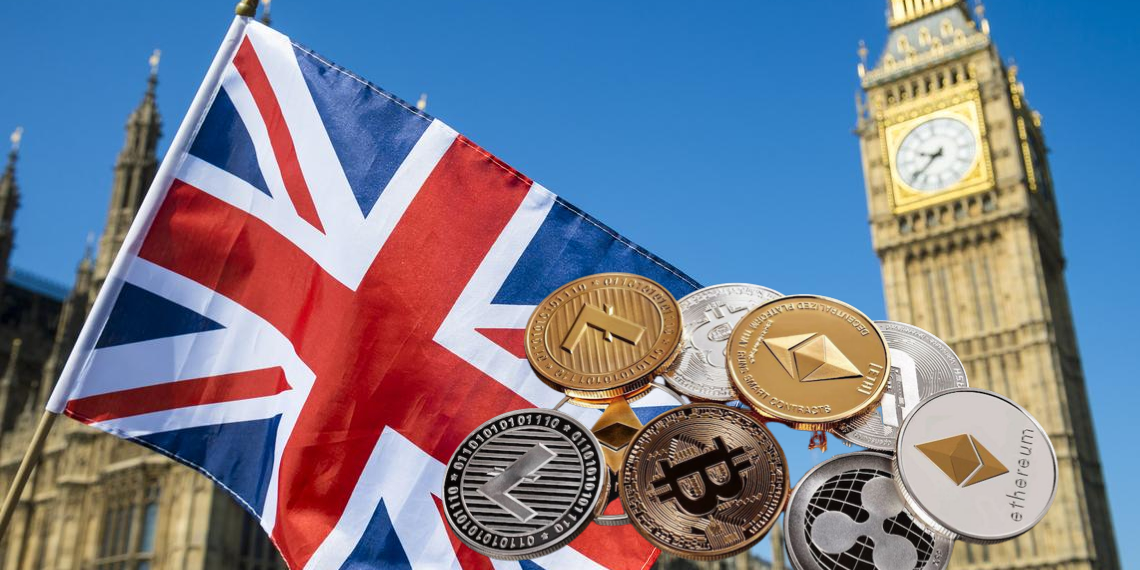
Canada: Blurry Regulations, Regulatory Framework Taking Shape
Policy Progress Speed: ★★
Compared to markets like the US and EU, Canada's policies are more conservative, with slow local stablecoin market development.
In December 2022, FTX's collapse triggered global crypto market turbulence, and the Canadian Securities Administrators (CSA) subsequently tightened policies, incorporating stablecoins into the "securities and/or derivatives" regulatory scope.
Since 2023, the CSA has issued two key documents, SN 21332 and SN 21333, proposing a regulatory framework for "fiat-pegged stablecoins". According to regulations, stablecoin issuers must register as securities issuers, submit prospectuses, or sign commitments approved by the CSA.
Last month, Canadian banking regulators stated they are prepared to regulate stablecoins, with the regulatory framework currently being developed.

Brazil: Strict Control Orientation
Policy Progress Speed: ★
Brazilian Central Bank data shows that over 90% of cryptocurrency transactions in the country involve stablecoins, primarily used for cross-border payments, but this trend has raised compliance concerns.
Brazilian Central Bank Governor Gabriel Galipolo stated that the central bank initially believed stablecoin popularity stemmed from providing people with convenient ways to hold US dollars. However, after in-depth research, they discovered that many stablecoin transactions are related to cross-border shopping, with opaque transaction methods that could potentially be used for tax evasion or money laundering.
Therefore, the Brazilian Central Bank proposed a new draft regulation in December 2024, intending to incorporate stablecoins into the foreign exchange regulatory system and prohibit transfers to wallets not controlled by Brazilian entities.
Overall, Brazil's regulatory direction is very clear: prioritizing strict control and suppressing high-risk trading scenarios.
Despite tightening regulations, traditional banks are beginning to explore compliant pathways. Brazil's largest bank, Itau Unibanco (with over 55 million customers), is planning to launch a stablecoin pegged to the real. Currently, Itau is studying other banks' experiences and awaiting the release of Brazil's stablecoin regulatory framework.




